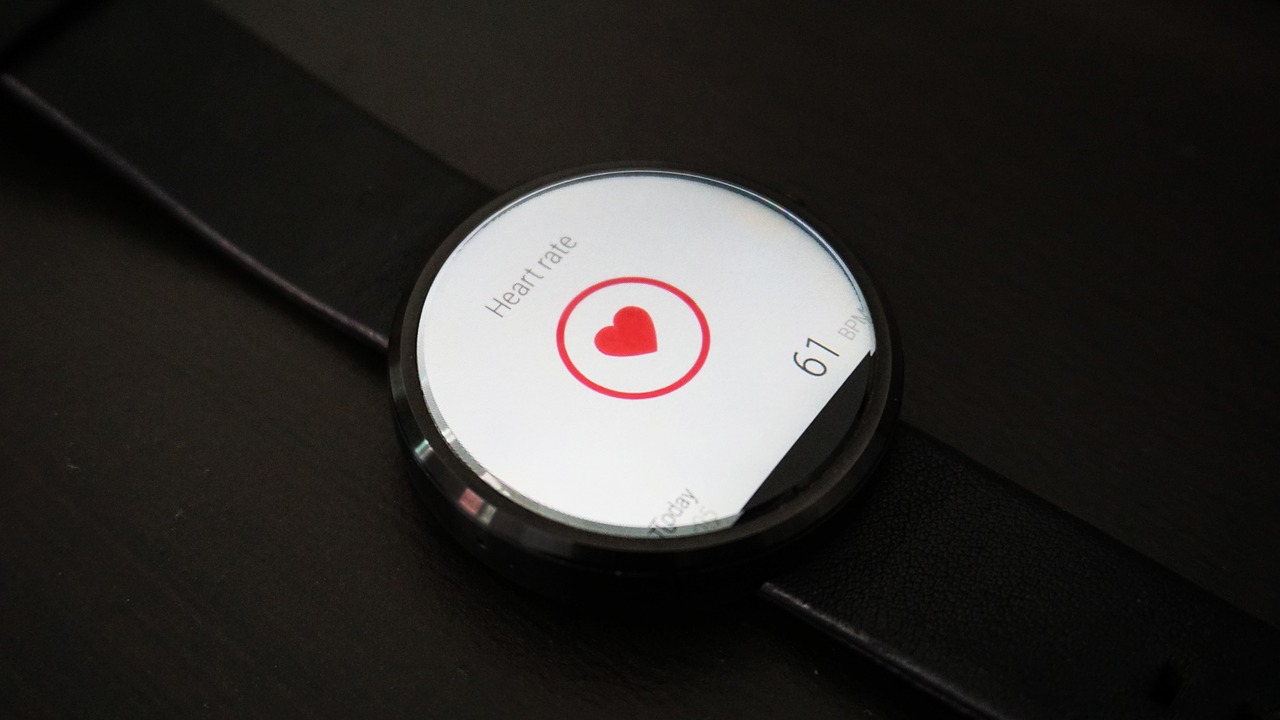The world of healthcare is evolving by the day and adopting more digital solutions.
New technologies are making a significant contribution to this change, and it is envisaged that during 2018 some will be used as solutions that may permanently alter the patient-doctor relationship and the work of clinicians themselves.
Although some of these solutions have already played a part in healthcare, the coming year will see them becoming much more widespread, thanks to new discoveries, studies and research.
Here are the new healthcare solutions that experts predict for 2018.
The E-Patient
One of the biggest changes at the moment is the emergence of what is known as the e-patient: i.e. the patient who is empowered, engaged, equipped, enabled, equal and expert.
Despite all the new technologies, the healthcare sector cannot really change without greater involvement between patients and doctors. Increasing the awareness of patients and giving them more responsibility is the first step in creating new solutions to transform the healthcare system.
This is now achievable thanks to new devices that enable people who are undergoing treatment or who have specific conditions to monitor their own levels. The benefits to the health service are considerable: better treatment compliance leads to a reduction in hospitalisation, with consequent savings for the healthcare system.
Health Gamification
As part the process of turning patients into e-patients, important support is coming from another healthcare trend: gamification.
This solution can be used in various ways. It can serve as an aid during rehabilitation, by which the patient is equipped with wearable sensors that record the quality of his movements and exercises. Or it can provide an instrument to help a patient adapt to living with a particular condition without suffering any negative repercussions.
There is a video game designed for people with diabetes, featuring an avatar suffering from the same condition and forced to make diet or lifestyle choices which then affect the progress of the game.
The game component not only guides and instructs the patient during his treatment or illness, but also has an element of fun that can help increase therapy adherence.
Augmented Reality and Virtual Reality
Augmented and Virtual Reality solutions can also be integrated in the game-play component, making it much more immersive and interactive.
Indeed, these two technologies are now widely used in various healthcare sectors.
Virtual Reality enables surgeons to take part in very realistic training, equipping them with the high-level skills required to perform surgery. AR, on the other hand, can assist surgeons during an operation.
For example, by wearing smart glasses or smart contact lenses, they can constantly monitor the patient’s vital signs, and receive more information with regard to the outcome of the operation.
There are also benefits for patients: VR and AR can be used to help people with behavioural or mental problems, bringing them gradually into contact with elements that create anxiety, paranoia or extreme emotional reactions in real life.
Telemedicine
Ensuring access to treatment, even remotely, and enabling an ongoing dialogue between doctor and patient, is now made possible thanks to telemedicine.
It can be applied to many contexts. For example, it can be used in prevention and monitoring, allowing the patient to keep a check on important vital signs and so increasing his adherence to the therapy.
It is also useful for remote diagnosis, when the patient does not have severe symptoms and simply needs advice from his doctor about which medicine to take. It has a role in treatments such as remote surgery, made possible by robotics, and also in teledialysis. Finally, it can aid rehabilitation, mainly through the use of video games combined with motion sensors.
Of course, Chatbots form part of this trend, because they not only allow you direct contact with your doctor or a team of experts in the field, but also ensure you can access reliable information in real time.
Body Sensors and Wearable Devices
Until recently, the only two measurements that patients could take on their own were blood pressure and blood sugar levels.
But nowadays, with the use of sensors and wearable devices, you can monitor important parameters such as cardiac activity or circadian rhythm, and identify any irregularities in advance.
These devices can be of various types. Many wearable sensors are extremely discreet or even invisible: some are smaller than a patch, while others can be implanted under the skin.
If the patient has a gastrointestinal problem, they can even be ingested to investigate the source of the complaint.
Then there are devices such as watches or bracelets, which constantly measure the wearer’s vital signs. Other types are specially designed for patients with a particular condition, such as diabetes or respiratory failure, and are able to detect either blood sugar levels or oxygen saturation in the blood.
All these data need to be recorded, in order to then create predictive algorithms to detect the possible onset of a condition in advance.
Sources: The Guide to the Future of Medicine: Technology AND The Human Touch di Dr Bertalan Mesko, Pixabay


